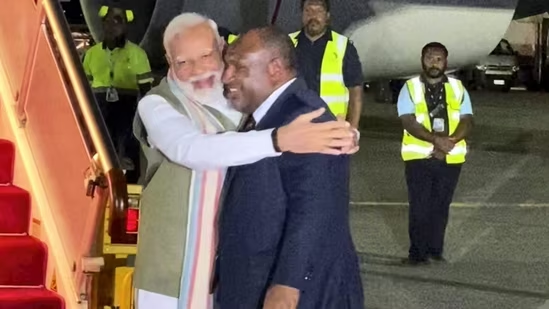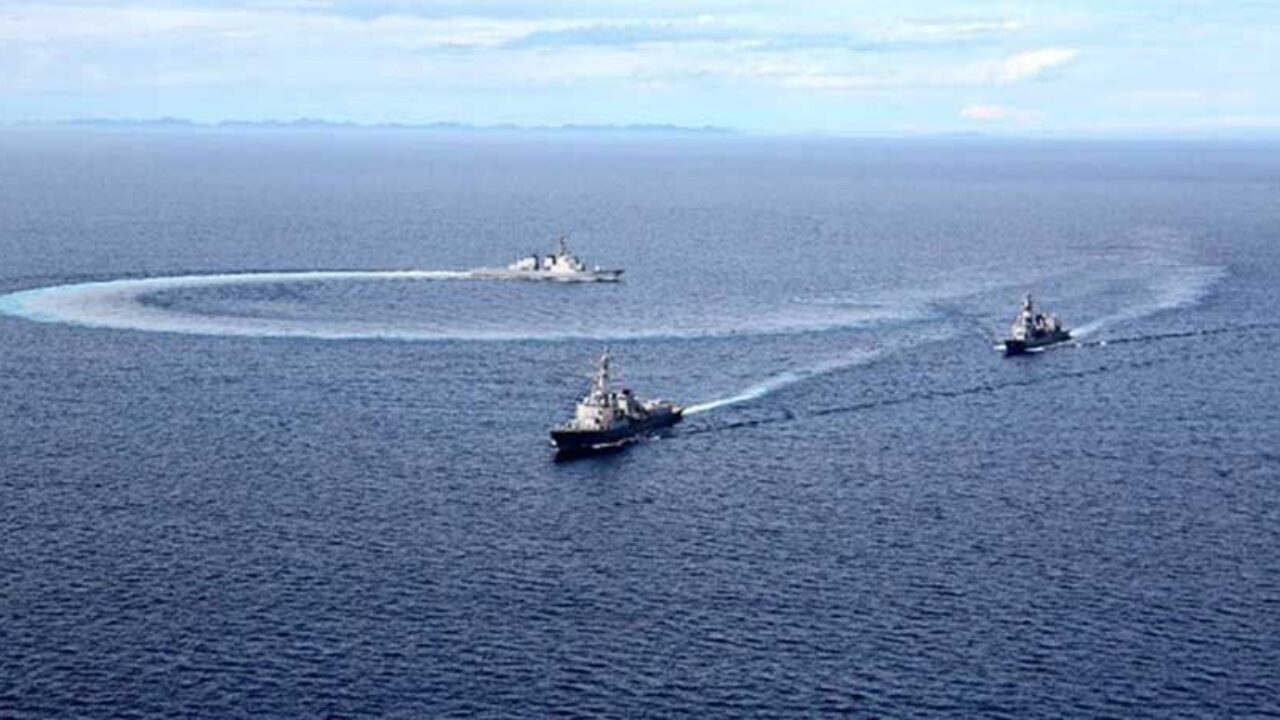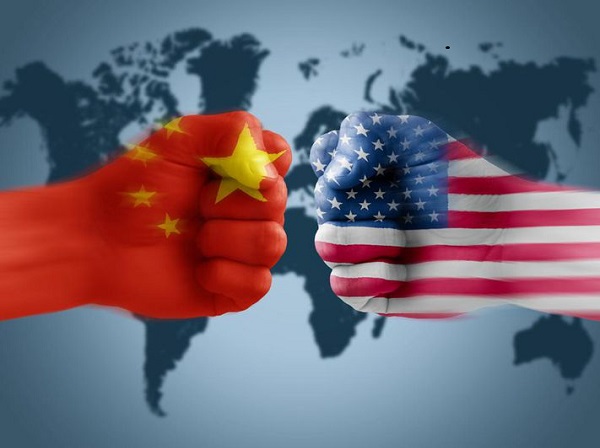- People closely following the global fortunes of the superpowers, viz., the USA and China, would infer that the game of one-upmanship continues unabated. Ever since the Donald Trump-led Republican government took a hard stand against the Chinese leadership, the global world order has concurrently undergone commensurate changes as well. The USA’s hegemony has been consistently challenged by the Chinese leadership. No wonder the bipolar world has made the world order vertically divided for and against the USA-China tussle. The ongoing conflict between Russia and Ukraine has only aided in further exacerbating the USA-China standoff since Beijing has vociferously defended its extension of friendly hands to Moscow despite international sanctions.

PC: PTI
- Against this backdrop, PM Narendra Modi’s recent visit to Papua New Guinea, the first by any Indian premier, coincided with the US inking a defense agreement with the Pacific Island nation, which should be treated as no coincidence. Pacific island countries (PIC) have emerged as a strategic battleground between the US and China, with Beijing trying to peel away some PICs in recent years. China inked its security pact with the Solomon Islands last year. That sent alarm bells ringing. If the Chinese can establish a strong foothold in the islands, it would create a serious strategic-security headache for Washington in the South Pacific. This is precisely why India and the US teaming up in the PIC region is a welcome idea.
- Note that while Washington can provide security guarantees to the islands, New Delhi can position itself as a reliable development partner. That was the thrust of Modi’s 12-point action plan announced at the recently concluded 3rd Forum for India-Pacific Islands Cooperation Summit. Ranging from steps to boost healthcare infrastructure in the islands to setting up a regional IT and cybersecurity hub and providing desalination units to address water scarcity, New Delhi is rightly championing a demand-driven cooperation model that doesn’t burden the island nations. Importantly, the momentum behind these measures should endure. The geographical distance between India and the PIC can lead to complacency setting back in.

PC: Bejoy Sebastiane
- Notably, China with deeper pockets and the world’s largest navy is better equipped for the push-and-pull of a long-term strategic tussle. We have seen how Sri Lanka was trapped in Chinese maneuvers. Thus, if India is to counter Chinese influence or even apply strategic pressure on Beijing, it needs to have consistent outreach policies for important partner countries. In the long term, New Delhi must sufficiently grow its economic heft to ensure a strong maritime component in its foreign policy. A stronger economy means more traction to influence global decisions. The Indo-Pacific is an important seascape. A larger and more modern Indian navy is needed for both countering Chinese adventurism and inspiring confidence among island partners.






